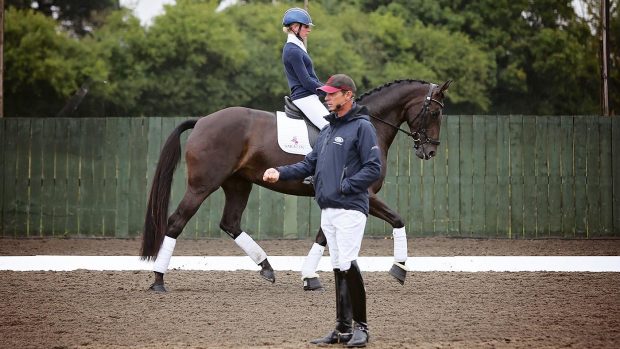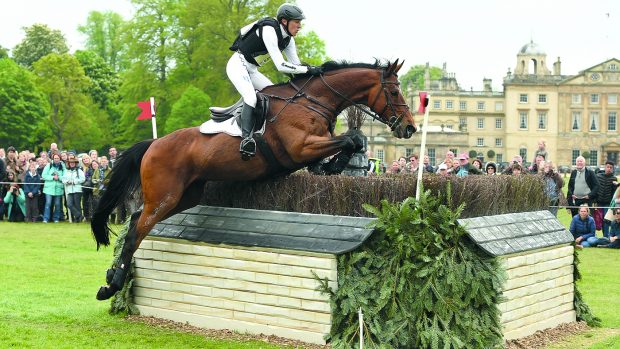Dressage rider and British Equestrian Federation Futurity judge Lesley Peyton-Gilbert shares her top tips for how to improve your horse’s walk
“The walk is the platform that you build everything on, and that makes it the most important pace,” says international dressage rider and British Equestrian Federation Futurity judge Lesley Peyton-Gilbert.
“Trot is a pace that can be developed through strength and training, but the walk is what nature gave you, so it’s fundamentally important.”
The walk has the added influence of earning double coefficients in a test.
“I think riders forget how many available walk marks there actually are,” Lesley adds.
“At all levels you get double coefficient marks in the walk, and the walk also affects your overall paces and submission marks.
“A good walk is the difference between winning a medal and losing one.”
How to improve your horse’s walk: 6 useful tips
1. Spend at least 20 minutes in walk at the beginning of a session performing shoulder-in, leg-yield, travers and renvers. It encourages the horse to be supple and through to the contact.
2. At the beginning of a session, concentrate on keeping the horse straight so that the hindleg learns to walk through the body. It also encourages the topline to release and seek the connection forward. Collection comes from the ability to push into the contact in a forward way.
3. For a horse who gets tense, leg-yielding encourages them to “give” in the body and helps them reinstate their walk sequence.
4. To activate the walk, apply your leg aids in time with each hindleg. This helps to develop connection in a soft way from the inside leg to the outside rein.
Continued below…
Liked this? You may also enjoy reading these articles…
Horse & Hound's dressage editor Alice Collins, who is currently competing at prix st georges level, shares her simple steps
Does seeing female competitors without hairnets make your stomach do a little flip? And is all your kit patent or

3 easy steps to nailing the perfect dressage-ready canter

25 signs you’re an incurable dressage diva/divo

Subscribe to Horse & Hound this spring for great savings
5. When developing collection in the walk, make sure the jaw is relaxed, as a tense mouth will block the front end and then block the rest of the body.
6. If you start to feel tension, either leg-yield the horse away from the leg or open up the walk to the point where the body relaxes and then pick it back up.




